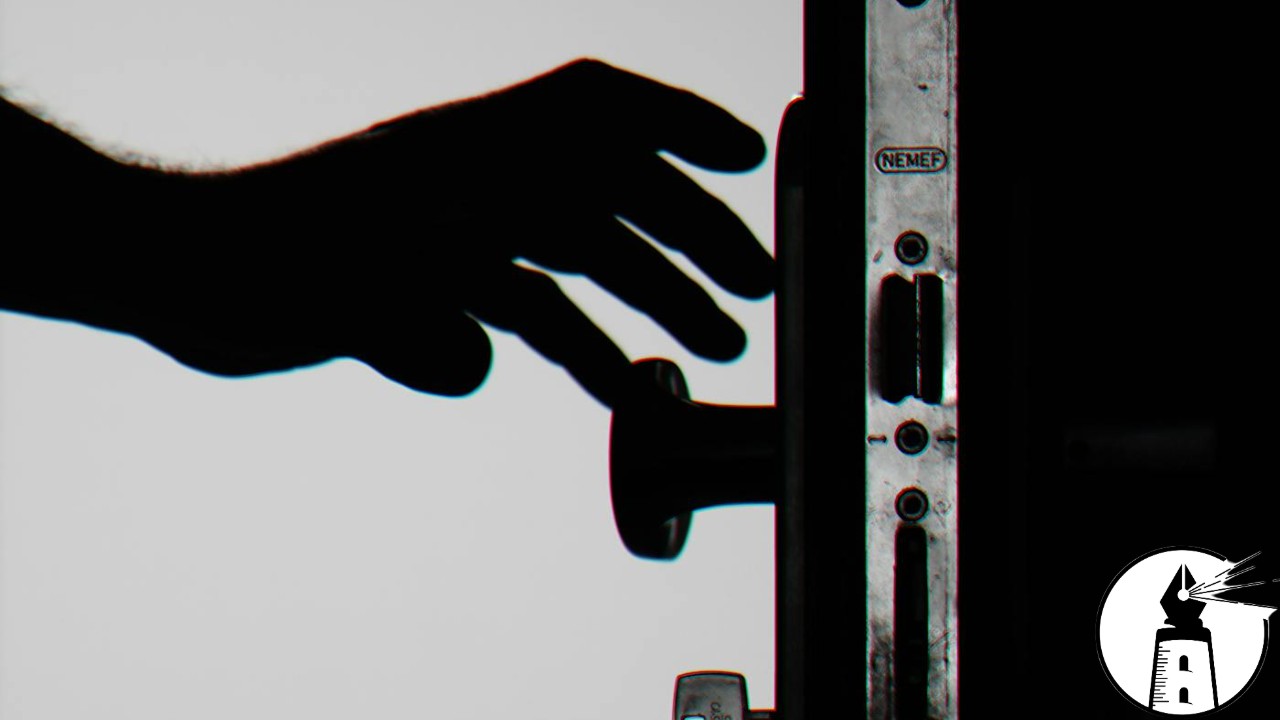Before the internet, adolescent mischief was typically confined to local dares and playground pranks. In the digital age, however, those same impulses can now be broadcast and replicated across the world in seconds. The latest example is the “Door Kick Challenge,” a viral trend gaining traction on social media platforms like TikTok. What may appear to some as a twist on the classic “ding-dong-ditch” is in reality a dangerous act with potentially criminal and even deadly consequences.
The trend involves individuals, often teenagers, running up to front doors late at night, kicking them loudly or with force, then fleeing while filming the incident for online views. In some cases, participants have used airsoft or paintball guns to escalate the shock factor. The goal is typically to startle unsuspecting homeowners, but the results have gone far beyond harmless fun.
In Excelsior, Minnesota, police are investigating a string of incidents where multiple homes were targeted. Surveillance footage shows suspects kicking doors and fleeing in a golf cart, with some wearing face coverings and wielding paintball guns. The force of the kicks has caused property damage, and police confirm they are treating the matter seriously.
In Florida, Hillsborough County deputies responded to an incident in Riverview where five minors were seen in a neighborhood. One wore a ski mask, kicked a door, and fired an Airsoft gun before running off. In another case in DeBary, near Orlando, two teenagers were charged with felony burglary after a door was kicked until it splintered. They later told police they believed it was just a prank.
Similar reports have surfaced in Georgia, Louisiana, Michigan, Pennsylvania, and Texas. Law enforcement agencies in these states have issued warnings to both parents and teens, emphasizing that the behavior is not only illegal but can also lead to confrontation. In some communities, these actions have been mistaken for attempted break-ins, prompting residents to arm themselves in response.
The fear is not unfounded. In Virginia, an 18-year-old was recently shot and killed after allegedly participating in a similar prank. Although the incident is still under investigation, it highlights the serious risks posed when viral trends cross the line into criminal territory.
Police departments have noted that this challenge, much like others before it, thrives on online validation and peer pressure. Some have compared it to recent viral trends involving property damage or hazardous behavior, such as the “Chromebook Challenge,” where students caused lithium-ion battery fires in schools for views.
Authorities are urging parents to speak with their children about the dangers of participating in these online trends. What may seem like a quick laugh or a way to gain social media attention can result in legal trouble, physical harm, or worse. Property damage, criminal charges, and the threat of violence are all real possibilities when pranks are taken too far.
The digital landscape has transformed the way young people engage with one another, often blurring the line between entertainment and endangerment. In this environment, open communication and awareness are crucial. Preventing the next incident may start with a simple conversation at home.
—By Greg Collier



